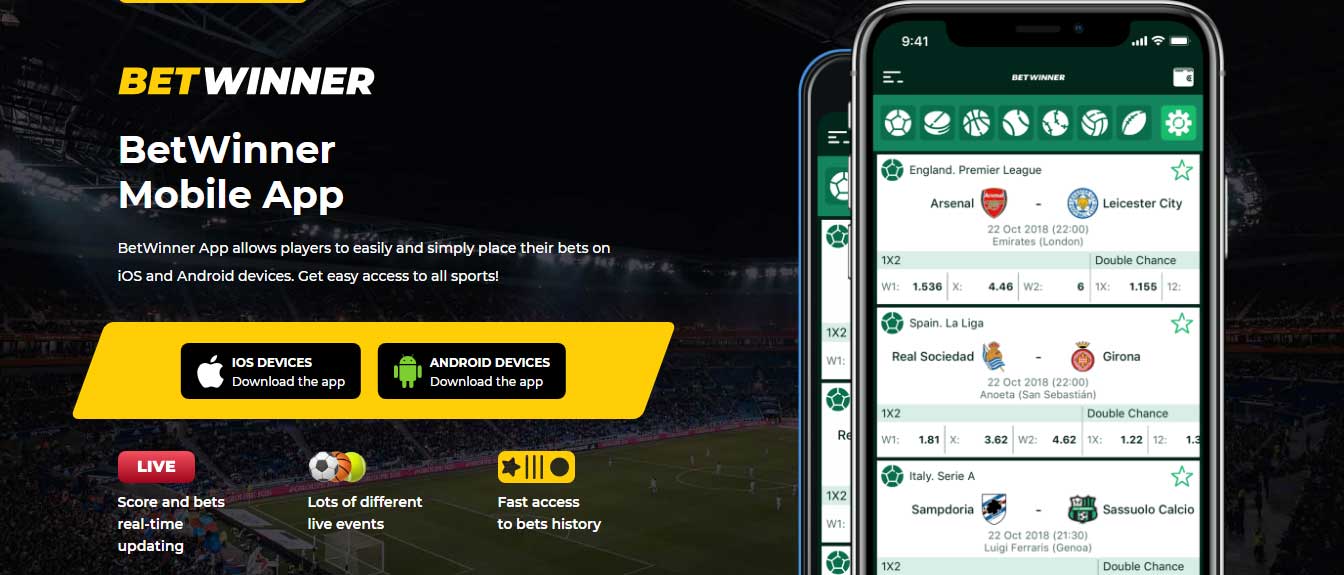
The Baji Affiliate program offers a structured pathway for marketers and content creators to monetize traffic by promoting a range of products and services. If you are considering joining or optimizing your partnership, understanding the tools, commission models, and promotional tactics available is essential. Baji Affiliate can be a strong option for publishers who value transparent reporting, varied promotional assets, and performance-driven payouts.
At its core, an affiliate program like Baji Affiliate works by tracking referrals from an affiliate to the merchant and rewarding the affiliate when a predefined action occurs, usually a sale or a signup. A reliable tracking infrastructure, clear terms and conditions, and timely payments are the foundation of a healthy affiliate relationship. Baji Affiliate provides tracking links, conversion tracking, and reporting dashboards to help partners monitor performance and optimize campaigns.
One of the first steps to success is selecting the right products and offers to promote. Alignment with your audience’s interests is crucial: promote only what your audience needs, not what merely pays the highest commission. Evaluate conversion rates, average order values, and recurring commission possibilities. High-ticket items may pay more per sale but could convert less frequently, while lower-ticket items often convert more easily and provide a steadier stream of commissions.
Content is the engine that drives affiliate success. High-quality, useful content attracts organic traffic and builds trust. Content formats that work well include product reviews, comparison posts, how-to guides, case studies, tutorials, and curated lists. Integrate affiliate links naturally and transparently within your content, and always disclose your affiliate relationship according to applicable laws and platform rules. Long-form, evergreen content tends to generate consistent returns over time when optimized for search engines and user intent.
Paid traffic strategies can accelerate growth when used responsibly. Channels include search engine marketing (SEM), social advertising, native ads, and retargeting. Focus on audience targeting and creative testing. Use A/B testing for ad creatives, landing pages, and calls to action. When running paid campaigns, carefully monitor return on ad spend (ROAS) and customer acquisition cost (CAC) to ensure profitability. A well-structured funnel—awareness, consideration, conversion—reduces wasted spend and improves long-term results.
Email marketing remains one of the most effective long-term affiliate channels. Build a targeted list by offering value—free guides, templates, or short courses in exchange for an email. Segment subscribers by interest and engagement level to deliver personalized offers. Nurture relationships with consistent, helpful content and occasional promotional messages. Automated sequences targeted around user actions (welcome series, cart abandonment, product-specific follow-ups) increase conversion rates and customer lifetime value.
SEO is a cornerstone for sustainable affiliate revenue. Conduct keyword research to identify buyer intent queries, prioritize low-competition long-tail keywords, and optimize on-page elements including titles, meta descriptions, headings, and internal linking. Technical SEO matters: site speed, mobile responsiveness, structured data, and secure hosting all influence rankings. Backlinks from relevant, authoritative sites amplify visibility and credibility. Combining SEO with content designed to convert creates compounding traffic and revenue over time.

Performance measurement and analytics are indispensable. Track key metrics like clicks, conversions, conversion rate, average order value, revenue per click (RPC), and earnings per click (EPC). Use the Baji Affiliate reporting tools in conjunction with your analytics platform to validate data and spot trends. Identify top-performing creatives, pages, and traffic sources, then double down on what works. Likewise, detect underperforming elements and iterate fast—replace or improve landing pages, headlines, ad copy, or targeting.
Compliance and transparency build trust with both platforms and audiences. Follow affiliate program terms, avoid prohibited promotional methods, and adhere to advertising policies for each channel (Google, Facebook, native ad networks, email service providers). Disclose affiliate links clearly and honestly. By maintaining ethical promotion practices, you preserve long-term access to paid channels and protect your reputation with your audience.
Scaling an affiliate business requires systems, delegation, and continuous optimization. Outsource non-core tasks such as content production, graphic design, and technical site maintenance to freelancers or agencies. Develop SOPs for campaign setup, content briefs, and post-launch analysis so operations can scale without sacrificing quality. Consider building micro brands or niche sites to diversify income sources and reduce risk from policy changes or traffic fluctuations.
Testing and experimentation are part of the affiliate marketer’s daily routine. Implement structured tests for headlines, hero images, CTAs, price framing, and page layouts. Use statistical significance as a guide but avoid “paralysis by analysis”; small wins compound over time. Keep iteration cycles short and document outcomes, so winning tactics can be rolled out across multiple offers and channels.
Community and networking often accelerate learning and opportunity discovery. Join affiliate marketing forums, specialized social groups, and industry conferences to exchange insights, share case studies, and find collaboration opportunities. Partnerships with other marketers—co-promotions, content swaps, and joint webinars—can expose you to new audiences and reduce customer acquisition friction.
Preparing for long-term stability means diversifying your promotional channels and offers. Relying solely on one traffic source or a single high-performing offer creates vulnerability. Spread risk across organic search, email, social media, paid advertising, and partnerships. Evaluate complementary products or recurring-revenue offers that fit your audience, which enhances predictability of earnings and supports compound growth strategies.
Finally, treat your affiliate activity like a business: keep clear financial records, set realistic revenue targets, and reinvest profits into what scales—content, paid media, and technical improvements. Continually study trends in both the industry and the specific niches you serve. With disciplined tracking, audience-first content, and thoughtful scaling strategies, a program such as Baji Affiliate can become a meaningful component of your online income portfolio.
